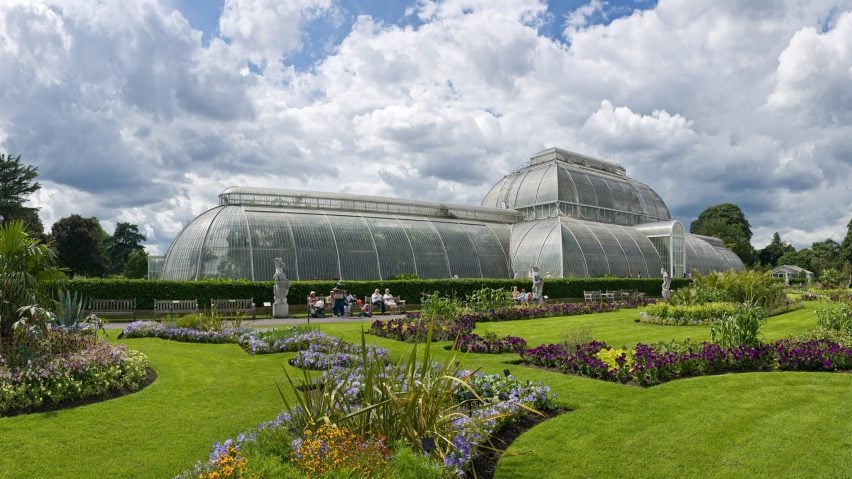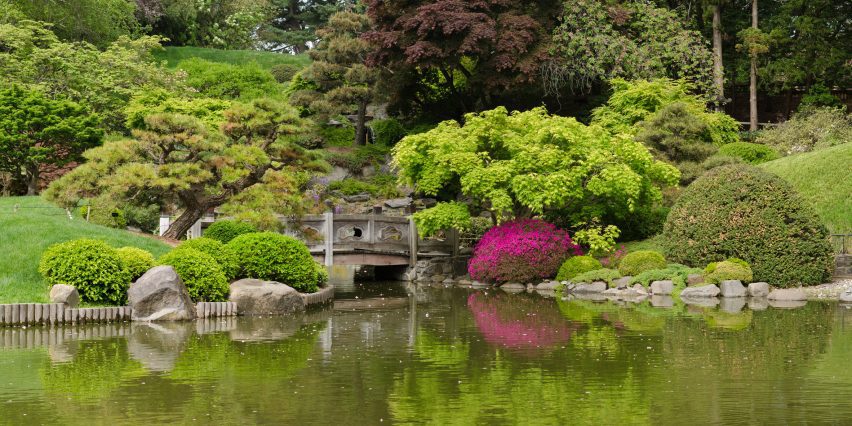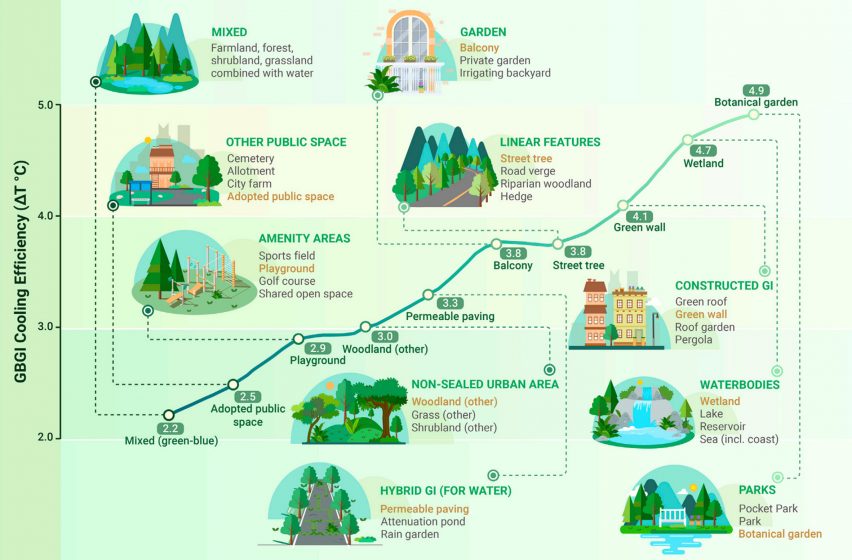
Study finds botanical gardens offer "greater cooling effect" in cities compared to parks
The Global Centre for Clean Air Research has published research that found botanical gardens are one of the best ways to cool cities and mitigate the effects of heatwaves.
In its study, the Global Centre for Clean Air Research (GCARE) at the University of Surrey analysed how different examples of blue infrastructure (water areas and features) and green infrastructure (planted elements) can mitigate urban heating.
It found that botanical gardens can cool city air temperatures by up to an average of five degrees Celsius. Wetlands and green walls were also highly efficient at urban cooling compared to grass parks.

While it has been known that blue and green infrastructure can cool air temperatures, the group hopes that its findings give a comprehensive picture as to why this is and offer town planners examples of how to mitigate heat in their plans.
GCARE founding director Prashant Kumar explained that the diversity of planting, dense canopy cover and the addition of water features found in botanical gardens contribute to its effectiveness at cooling the surrounding air.
"By incorporating green-blue-grey [human-engineered infrastructure for water resources] infrastructure (GBGI) into urban planning, cities can create more sustainable and resilient environments, mitigating the adverse effects of heatwaves and improving overall liveability for residents," he told Dezeen.
"Botanical gardens feature a diverse array of natural elements, including various vegetation such as tree species, shrubs, and grass, as well as water features like ponds, brooks, and waterfalls," Kumar continued.
"This combination results in unique cooling mechanisms not typically found in parks and consequently, botanical gardens demonstrate a greater average cooling effect compared to parks."

According to Kumar, the findings on the effectiveness of botanical gardens can be used to improve the cooling of other green spaces. This could include diversifying plant species, introducing water features, strategically placing plants for shading, and including educational aspects for visitors.
"We can draw valuable insights from botanic gardens to enhance the cooling effectiveness of other green spaces," he said.
"Botanic gardens offer lessons on selecting heat-tolerant plant species, maximising canopy cover for shade, promoting evapotranspiration through diverse vegetation, strategically designing layouts for microclimate control, conducting educational outreach on green infrastructure, and implementing effective maintenance practices."
"By implementing these principles, other green spaces can mitigate urban heat island effects and create more comfortable outdoor environments for communities," Kumar added.
For the research, GCARE studied examples of blue and green infrastructure from across the world and the cooling effects they had compared to the local climate and population density.
Kumar stressed that cooling solutions should be chosen to suit the specific local conditions to achieve the most efficient outcome.
"[The research] highlights the need for region-specific strategies in city planning to optimise the cooling benefits of GBGI," he said.
"For instance, in temperate climates, wetlands and parks are most effective due to their evapotranspiration and shading properties."
"In continental climates, green walls and botanical gardens show promise, while in dry climates, pocket parks and wetlands play a crucial role in cooling," Kumar continued. "Tropical climates benefit from roof gardens due to their microscale impact in densely built areas."
Sharing Kumar's sentiment that diverse green spaces are needed to mitigate heat, Phineas Harper wrote that lawned parks should be replaced with urban forests and Arup specialist Dima Zogheib argued more trees should be planted in cities to curb heatwaves.
Top photo of Kew Gardens, London, by David Iliff on Wikimedia Commons.